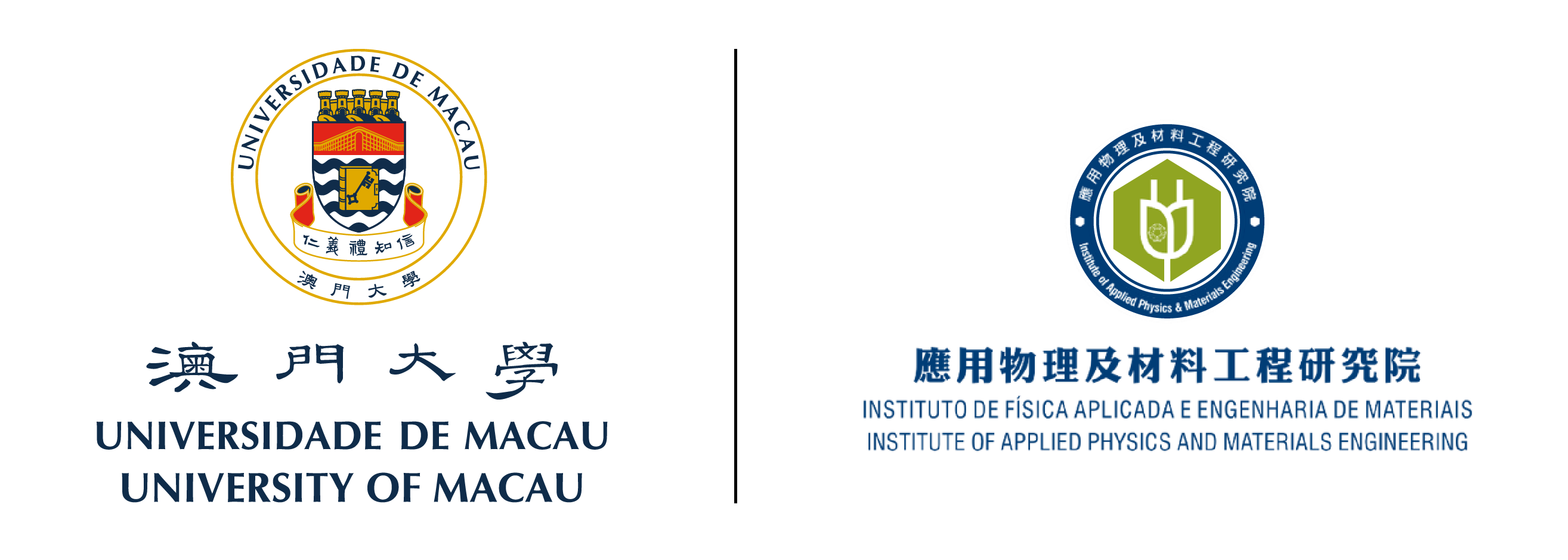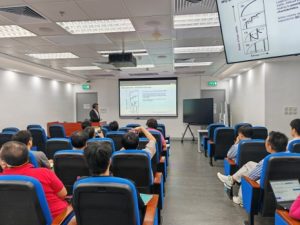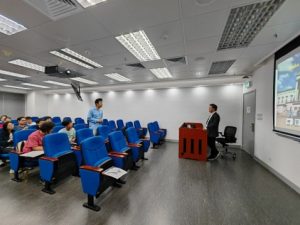Prof. Huiyun Liu, Chair Professor of Semiconductor Photonics at University College London, UK, delivered a seminar titled “Quantum-dot laser technology: the key for Si-based lasers for Si photonics” on 08 November 2024.
Prof. Huiyun Liu received his PhD from form Institute of Semiconductor, Chinese Academy of Sciences in 2001. After receiving his PhD, he joined the EPSRC National Centre for III-V Technologies at Sheffield University. In 2007, he was awarded Royal Society University Research Fellow, and started his academic career by taking Senior Lecturer position in the Department of Electronic and Electrical Engineering at University College London with commissioning the first new Molecular Beam Epitaxy reactor in London, and creating a new group. In 2012, he was promoted as Chair Professor of Semiconductor Photonics at University College London. His current research interest concentrates on the nanometre-scale engineering of low-dimensional semiconductor structures by using Molecular Beam Epitaxy and the development of novel optoelectronic devices including lasers, detectors, solar cells, and modulators on Si platform. He co-authored more than 500 papers and hold on several patents on silicon photonics and quantum dot technology.
Prof. Liu first introduced the importance of silicon based photonics. He pointed out that direct epitaxial growth of III-V nanostructures on silicon substrates is one of the most promising candidates for realizing photonic devices on a silicon platform. The major issue of monolithic integration of III-V on Si is the formation of high-density threading dislocations. The propagation of thread dislocations (TDs) will cause high ratio of non-radiative recombination centre in III-V epitaxial active region. To stop the TD propagation, different epitaxial strategies, such as InGa(Al)As strain layer, Ge buffer layers and patterned substrates have been applied and compared in this presentation. As a zero-dimensional material, quantum dots (QDs) have three-dimensional quantum confinements, which create delta-function like density of states. Therefore, III-V QD lasers have low threshold currents, temperature insensitive operation, and less sensitivity to threading dislocations, which are the ideal candidate to form active region in III-V lasers grown on group IV substrates. 1300-nm InAs/GaAs QD lasers grown on Si and Ge substrates have been proposed and developed since 2011 at UCL with long lifetime and high power. In this presentation, the development milestones of InAs/GaAs QD lasers monolithically grown on a Si platform were summarized, and the potential trend in next few years is predicted.
After the talk, Prof. Liu had in-depth discussion with faculty members, postdoc researchers and graduate students.



